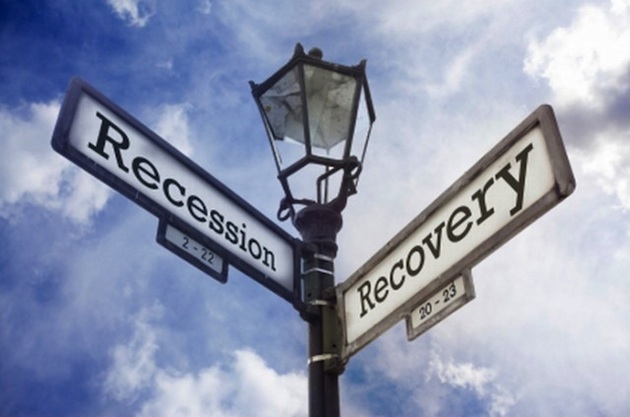

While global political turmoil appears to be thrusting Europe into another recession, investors in the U.S. have been seemingly un-phased as they enjoy a continued bull market. While U.S. stocks were sluggish Friday after reports that Ukrainian troops attacked Russian military vehicles that had crossed the border, U.S. markets still hover near all-time highs.
However, the market and the economy are two different animals, and this week’s slew of economic news provided some cause for concern to working Americans, as the fundamentals remain shoddy. On Thursday, the Labor Department said the number of Americans filing for first-time unemployment benefits rose last week to 311,000 from an upwardly revised 290,000 the week prior.
Wall Street anticipated a moderate increase to 295,000, up from an initially reported 289,000. But missing economists’ expectations is less concerning than the fact there obviously remains high eligibility for first-time unemployment benefits considering the weak labor participation rate and the abysmal employment-to-population ratio. Both are at 30-plus-year lows.
The New York Federal Reserve reported Friday that manufacturing growth slowed to 14.69 in August from 25.6 the month prior. Again, Wall Street anticipated a much smaller drop to 20, but aside from the previous quarter, the higher-paying manufacturing jobs have suffered under this administration. Readings above 0 indicate expansion, while those below point to contraction. While White House officials tout six straight months of job creation above 200,000, the vast majority of these jobs are part-time, low-paying positions that further erode the purchasing power of working Americans.
Speaking of which, the Labor Department reported Friday that prices at the wholesale level increased 0.1 percent in July, matching fortunately matched expectations. Excluding the food and energy components, prices rose 0.2 percent, also matching Wall Street views.
Still, a reading on consumer sentiment from Thomson Reuters and the University of Michigan fell to 79.2 in August from 81.8 in July. Wall Street expected the gauge to show increased consumer sentiment at 82.5, but the report was a sobering piece of date. Not only was the reading at its lowest level since November, but summer typically shows an increase in consumer sentiment or, at least, it would if it was a healthy economy at its core.
Retail sales fell flat in the United States last month, a finding consistent with the gauge of consumer sentiment. Wage growth has failed to surpass inflation, leaving many consumers unwilling or unable to spend more. Sales at auto dealers and department stores fell in July.
Wal-Mart (NYSE:WMT) this week cut its profit outlook, while Macy’s (NYSE:M) also slashed its sales forecast.
“Consumers are finding they can live without a lot of the stuff they used to buy automatically,” says Joel Naroff, president of Naroff Economic Advisors, in a research note. “Right now, people are just not parting with their hard-earned funds.”





